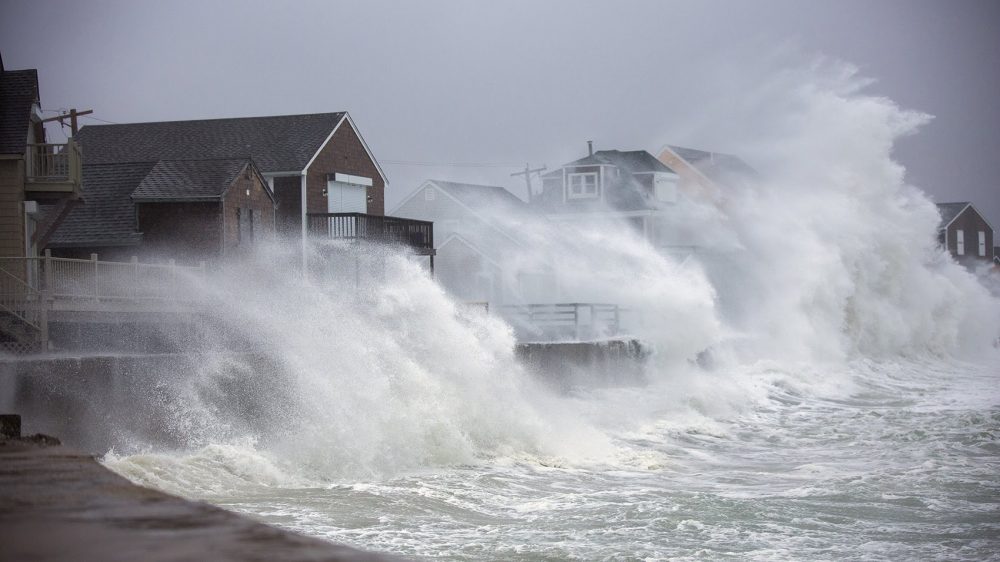
Jon Stewart Is ‘Frustrated’ Over Americans’ Absent Public Support For Veterans: ‘This Country Can’t Be This Broken’
Melissa Romualdi - Yesterday 7:38 p.m.
ET Canada
© Photo: Michael Reaves/Getty Images
Jon Stewart is standing up for former military personnel by calling out their lack of public support.
During AMVETS’ Rolling to Remember Rally in Washington, D.C., Stewart, an advocate for veterans’ and first responders’ rights, asked “Where are the American people?"
The PACT Act, on which Stewart was ordering congressional action, particularly aims to address “health care, presumption of service-connection, research, resources, and other matters related to veterans who were exposed to toxic substances during military service,” like burn pits.
Stewart was appalled by the small crowd and seemed to have an issue with the attendees present, which only included those with a personal connection to veterans’ rights.
Related video: Jon Stewart delivers powerful address on healthcare protections for veterans
“The people sitting behind me — it’s hard not to be here today and not get frustrated again because as I look out in the crowd, I see the same thing I always see: veterans and their families and caregivers. But where [are] the American people?” he asked during his speech.
The former host of “The Daily Show” criticized the surface-level and performative support for veterans which he said will surely appear on social media feeds.
The comedian added that real action among nonveterans is often missing, despite the online support.
“And yet we come out here today looking for the support of the American people, and what do we have behind me? It’s veterans organizations. It’s veterans. It’s their families. This country can’t be this broken. If we can’t do the simple sh**, we have nothing,” he concluded.
In 2019, Stewart was awarded New York City’s highest civic honour, the Bronze Medallion, for his "tireless advocacy, inspiration, and leadership,” which gave rise to the passing of the September 11th Victim Compensation Fund Act.










